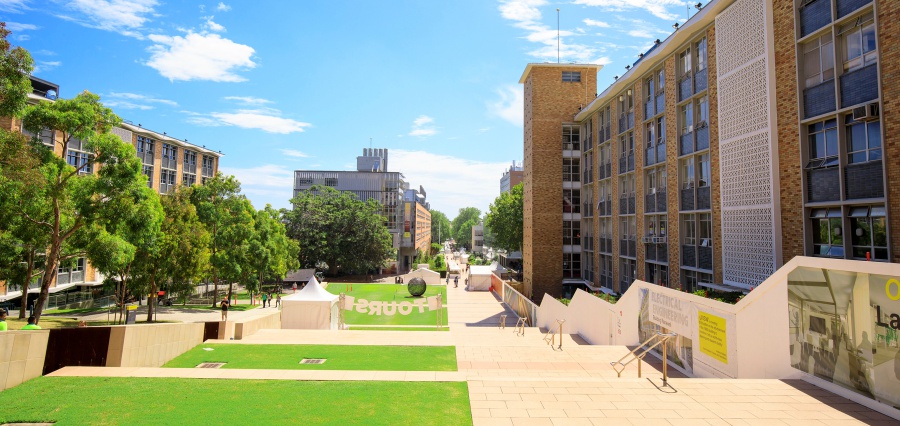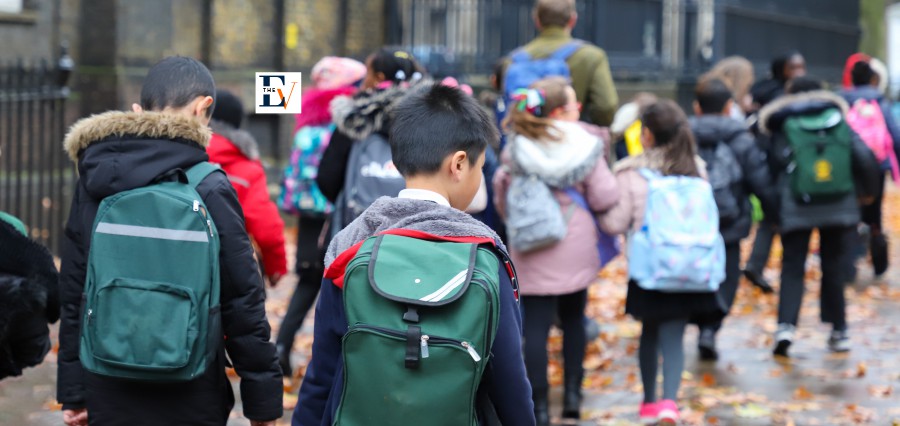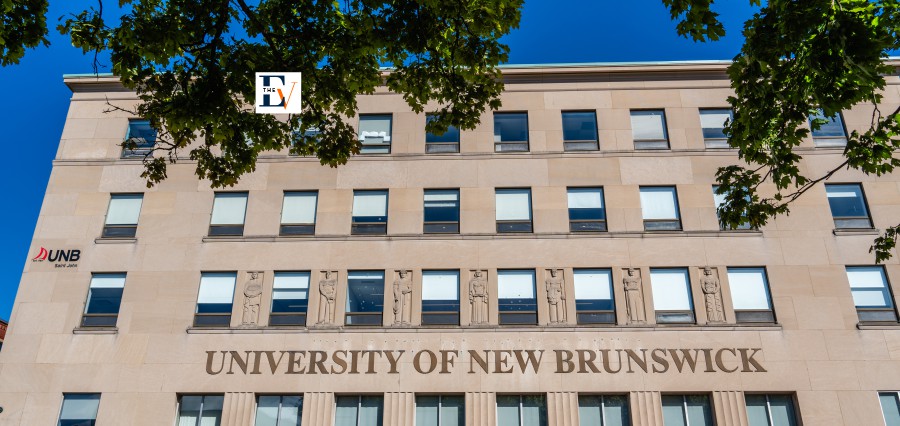Miguel Cardona, the U.S. Secretary of Education, visited two schools in Boise on Tuesday. While there, he talked with parents about mental health and announced a $6.5 million annual grant to expand community school programmes in Idaho.
The Biden Administration will award grants for Full-Service Community Schools to 19 states, including Washington, D.C. Public schools, nonprofits, and other organisations running community school programmes will receive the five-year awards.
Beyond education, community schools offer health care and other neighbourhood services like family support, frequently in collaboration with nonprofits and other neighbourhood resources. The Idaho grant is going to United Way of Treasure Valley, a nonprofit that assists in funding local schools.
Before announcing the nationwide grants in a roundtable discussion with local education leaders, including Idaho State Superintendent of Public Instruction Debbie Critchfield and Boise School District Superintendent Coby Dennis, Democrat Cardona visited Boise’s Whitney Elementary School.
Dennis stated on Tuesday, “It’s critical that we recognise the value of allocating resources where the children are.” “I’m also just as thrilled to see that other communities throughout the state have access to the opportunities that Boise offers.”
According to Cardona, the grant will “enhance the already strong” community school programmes in Idaho. He referred to Whitney, a community school on the Boise Bench, as having “a model programme.” “This programme was our choice because it is outstanding.”
The United Way of Treasure Valley, which has spearheaded an initiative to increase the number of community schools in the state, reports that there are 41 community schools in 25 districts in Idaho.
Tim Jackson, President and CEO of United Way of Treasure Valley, stated that his organisation used a “scalable” model to link public schools with resource-rich organisations. These collaborations can offer school families everything from food pantries to counselling services to after-school activities.
“How can we combine our many community resources to support students in our schools?” stated Jackson. “Districts are able to set them up to meet the specific needs of different communities, a lot of technical assistance and support is provided, and money is seeded to help start the work.”
Tuesday’s panellists agreed that rural schools can benefit most from the community school model. Superintendent of the Marsing School District Norm Stewart stated that following the closure of the neighbourhood food bank and senior centre, his district constructed “The Hub,” a school resource centre.
According to Stewart, the town of about 1,000 residents has a high percentage of low-income families. With assistance from neighbourhood organisations, the resource centre offers services to both families and students.
Read More: Click Here






